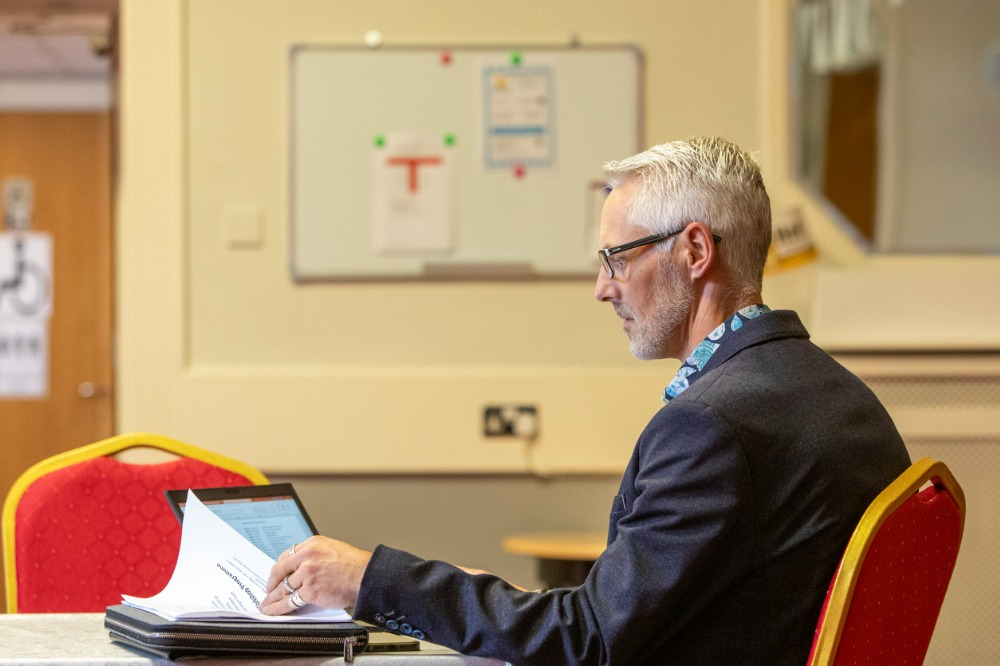
In recent years, the rise of AI-driven analytics has given school principals rich insights into how their staff and students are performing, and also a new way to identify areas for improvement and aide in the nuanced task of risk assessment.
However, while this technology offers a promise of greater efficiency and foresight, a reliance on AI for such critical decisions can give rise to complications, too.
In 2024, many schools are still navigating the opportunities and risks associated with AI and are exploring the balance between technological reliance and the human judgment that is essential in every school – regardless of its context.
Paul Trotter, Security and Intelligence Lead at World Travel Protection, says while AI can process large quantities of information, in the case of school excursions and other trips, it falls short in applying it effectively without human judgement.
“AI lacks the nuanced understanding of group dynamics, human experience and cultural intricacies,” Trotter told The Educator.
“Our experts can analyse data and develop a comprehensive risk assessment based on predicted risks and outcomes. They also sift through misinformation to confirm genuine travel risks – currently another limitation of AI.”
Trotter pointed out that as school excursions typically have larger groups, they require more detailed risk assessments due to the increased number of variables outside of a more controlled typical school environment.
“When you include children into the mix, any risk assessment and advice must provide information that meets all their individual risk needs, along with realistic and achievable mitigation strategies that teachers and supervisors can enact,” he said.
“So, while AI and automation technologies enhance our efficiency, ultimately our risk assessments are guided by the extensive experience of our security experts. We consider various factors relating to the people travelling, their destination and their activities.”
When asked how AI might misinterpret or overlook critical risk factors in planning school excursions, Trotter said AI is only as good as the information it receives, and lacks understanding of human experiences and complexities.
“AI may acknowledge that a student has asthma, but not consider the availability of salbutamol or other asthma medications in the destination,” he said.
Trotter said oversights like this are minor on paper but can be catastrophic in practice.
“World Travel Protection’s expert team regularly consults with clients to ensure we meet the specific needs of travellers,” he said.
“In the asthma risk example, we would seek to understand the amount of salbutamol required daily, and then align this with local legislation on imports, the availability of medication in the country and the reliability of potentially required medical support.”
Trotter says whilst the technology to deliver an effective AI-generated risk assessment doesn’t exist, World Travel Protection has already embraced emerging technologies to enhance its delivery of risk products.
“Whether that’s through utilising technology to ingest vast quantities of quantitative data or provide advice to geo-located travellers, we remain committed to embracing all tools available to ensure our travellers have a safe trip,” he said.
Trotter said as tools advance, there may be further opportunities to support the company’s intelligence experts in identifying patterns and trends, and even taking away some manual requirements for quantifying simple risks.
“But we anticipate continuing to use human expertise in our travel risk management services for the best client outcomes.”


